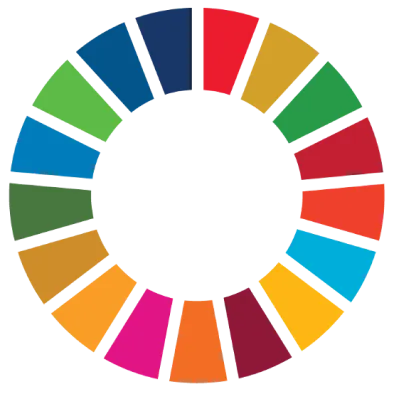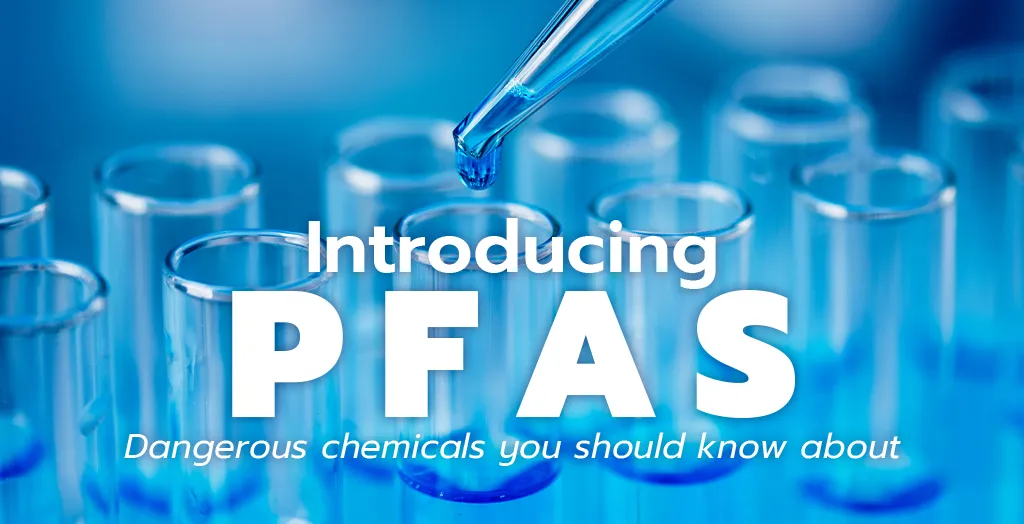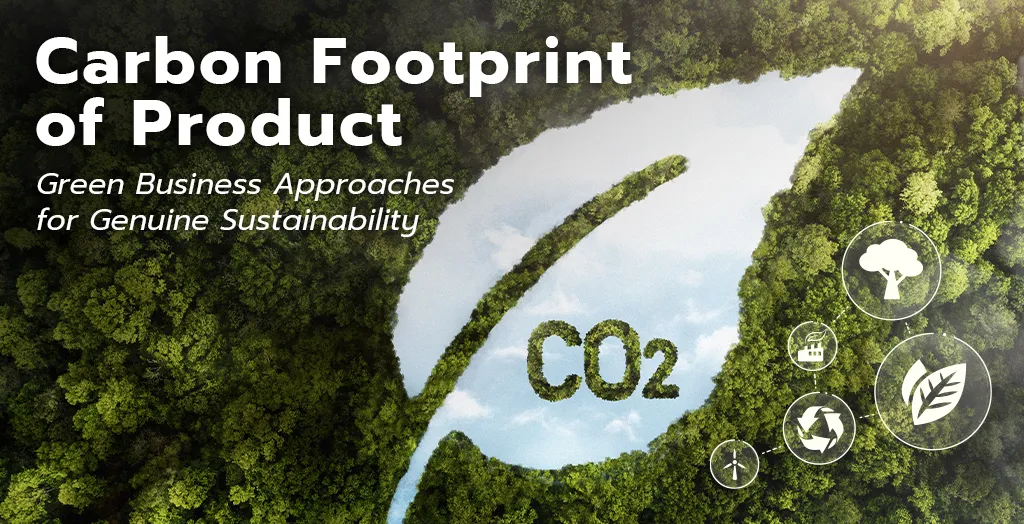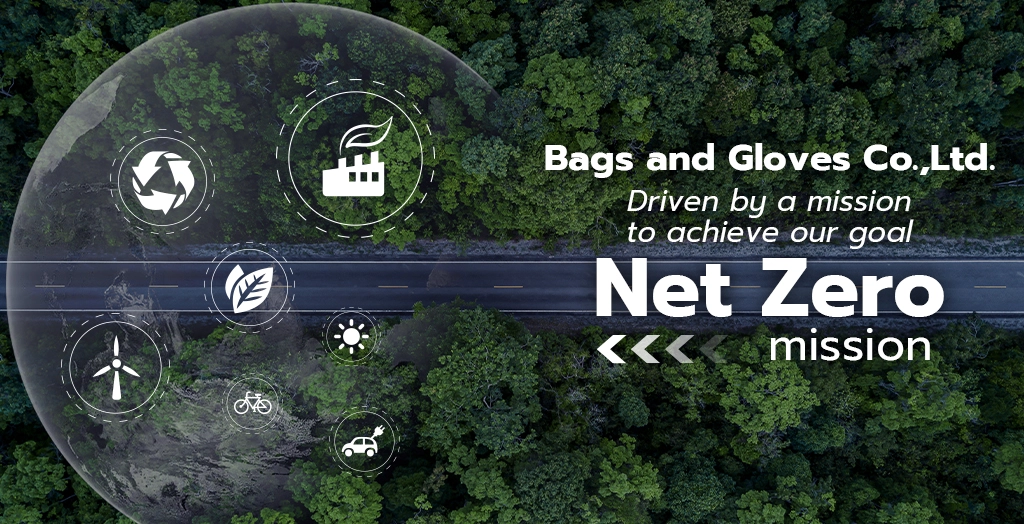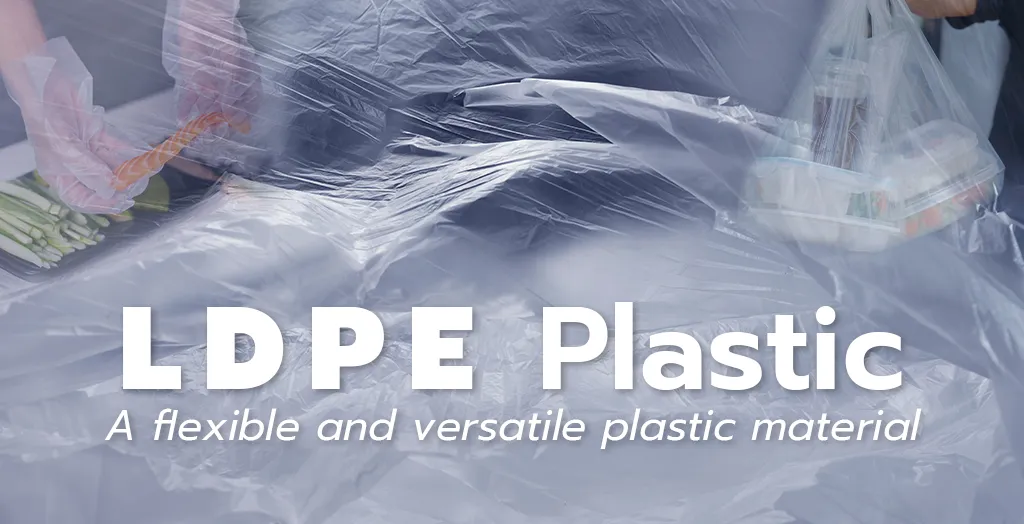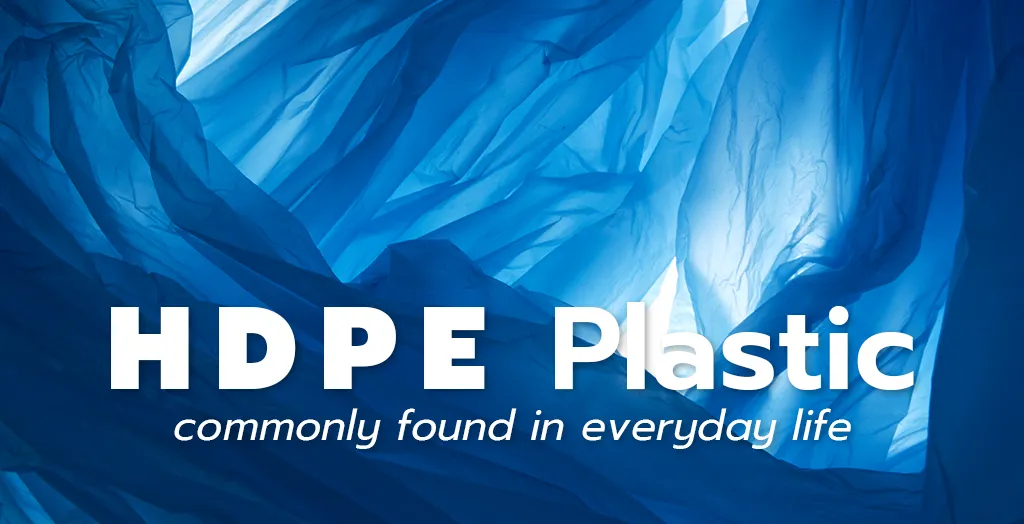PFAS — remember this name. These chemicals have gained global attention due to their widespread impact on health and the environment. Today, they are under increasing scrutiny and regulation in many countries. But what exactly are PFAS, and why do they matter so much?
What is PFAS?
PFAS (Per- and Polyfluoroalkyl Substances) are a large group of over 9,000 synthetic chemicals developed since the 1940s. They are known for their remarkable resistance to water, oil, and heat, and for their chemical stability — properties that have made them widely used in many industrial and consumer applications.
Chemically, PFAS are extremely stable due to the strong carbon-fluorine bonds — among the strongest in organic chemistry. This makes them “forever chemicals”, meaning they do not easily break down and can persist in the environment for hundreds of years.
The Dangers of PFAS
Effects on Human Health
PFAS can accumulate in the human body over time, posing various health risks:
- Immune System: Studies suggest PFAS may weaken immune responses, reduce vaccine effectiveness, and increase susceptibility to infections — particularly among children and the elderly.
- Reproductive and Hormonal Systems: PFAS can disrupt hormones, leading to fertility issues, complications during pregnancy, and potential developmental effects on fetuses.
- Cardiovascular Health: High exposure levels may raise cholesterol, increase the risk of hypertension, and affect liver function.
- Cancer Risk: Certain PFAS have been linked to higher risks of cancers such as kidney, testicular, and thyroid cancer.
Environmental Impact
Beyond human health, PFAS also have long-lasting effects on ecosystems:
- Environmental Persistence: PFAS remain in soil and water for decades, causing widespread contamination.
- Bioaccumulation: PFAS accumulate in aquatic organisms and wildlife, disrupting reproductive systems and threatening biodiversity.
- Difficult to Eliminate: Conventional waste treatment and water purification systems cannot effectively remove PFAS due to their chemical resilience.
Where PFAS Can Be Found
Industrial and Consumer Uses
PFAS are commonly used in:
- Food Packaging: Such as pizza boxes, popcorn bags, and grease-resistant paper.
- Cosmetics and Personal Care Products: Including waterproof lipstick, long-lasting foundation, and sunscreen.
- Water-Repellent Fabrics: Such as raincoats, shoes, carpets, and upholstery.
- Firefighting Foams and Safety Equipment: PFAS are key components in firefighting foams and certain types of protective gear.
Environmental Contamination Sources
PFAS contamination can occur through:
- Water Sources: Detected in surface and groundwater near factories, airports, and military sites.
- Soil and Crops: PFAS can be absorbed by plants grown in contaminated soil or irrigated with polluted water.
- Food: Fish and seafood from contaminated areas may contain high levels of PFAS.
Regulations and Risk Management
Global Control Measures
Organizations such as the World Health Organization (WHO) and international environmental agencies have set limits on PFAS levels in drinking water and food. Countries including the United States, the European Union, and Australia have already implemented restrictions or bans on certain PFAS compounds.
In Thailand, the Ministry of Public Health and Ministry of Industry are currently developing national policies to monitor and regulate PFAS contamination in both products and the environment.
How to Reduce PFAS Exposure
- Check Product Labels: Avoid ingredients containing “fluoro” or “perfluoro.”
- Use Safer Food Containers: Opt for glass or stainless steel instead of grease-resistant paper or coated packaging.
- Monitor Drinking Water Quality: Especially if you live near industrial zones, consider filtration systems capable of removing PFAS.
- Support Eco-Friendly Brands: Choose companies that commit to PFAS-free and environmentally safe production.
Our Commitment
At Bags and Gloves Co., Ltd., we put customer safety first.
All our products are made from certified raw materials free from hazardous chemicals — including PFAS.
We not only comply with international safety and environmental standards, but also set stricter internal benchmarks to ensure that every product we deliver is truly safe, sustainable, and environmentally responsible.
About Bags and Gloves Co., Ltd.
High-quality, eco-friendly manufacturing.
Bags and Gloves Co., Ltd. is a leading manufacturer specializing in a wide range of protective products made from materials such as HDPE, LDPE, LLDPE, PBAT, and PLA.
With modern production technology and customization capabilities, we provide solutions tailored to meet the specific needs of our customers — trusted by clients both locally and internationally.
Our product range includes:
- Disposable Gloves
- Aprons
- Gowns
- Other Personal Protective Equipment (PPE)
Contact us for more information
International Sales
(+66) 2-108-2390
(+66) 95-583-3696
sales@bagglove.com
Domestic Sales
(66) 2-108-2390 ext. 104
LINE OA: @bagglove
sales.d@tna-thailand.com

